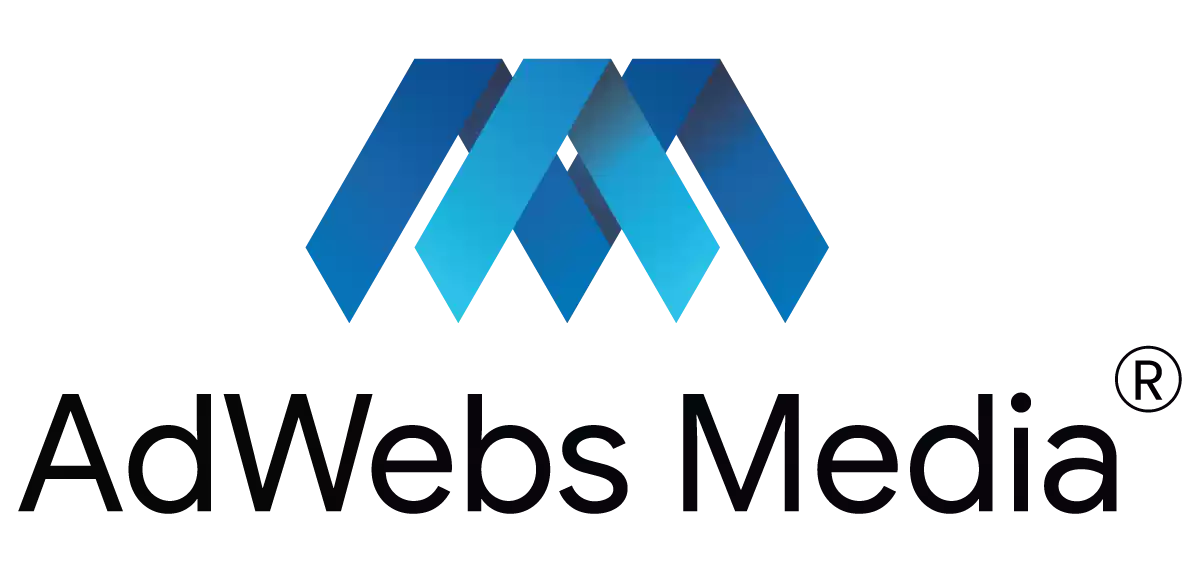
In today’s digital age, creating an accessible and user-friendly website is not only essential for user experience but also plays a vital role in search engine optimization (SEO). One important aspect of web accessibility and SEO is the proper use of alt text. Alt text, short for alternative text, is a descriptive attribute added to HTML code to provide a textual description of an image.
This blog explores the importance of alt text in both accessibility and SEO, highlighting best practices and the benefits it brings to your website.
What is Alt Text?
Alt text, or alternative text, is a descriptive attribute added to HTML code that provides a textual description of an image. It serves a dual purpose: enhancing web accessibility for visually impaired users and optimizing the image for search engine optimization (SEO).
Accessibility: Making Websites Inclusive
Accessibility is a crucial aspect of web design, ensuring that people with disabilities can access and navigate websites effectively. For visually impaired users who rely on screen readers, alt text plays a vital role. When a screen reader encounters an image, it reads aloud the alt text, conveying the image’s content and context. This allows visually impaired individuals to understand and engage with the content fully.
Alt Text Best Practices for Accessibility
- Be Descriptive:
Alt text should accurately describe the image’s content, providing sufficient details to convey its meaning. Avoid generic phrases like “image.jpg” or “photo.” Instead, describe the image’s purpose, key elements, and any relevant details. - Keep It Concise:
While being descriptive, strive to keep alt text concise and to the point. Screen readers need to convey information efficiently, so avoid excessive verbosity or unnecessary details. - Keyword Relevance:
Incorporate relevant keywords naturally into alt text, but don’t overstuff it. Balancing keyword optimization and descriptive content ensures both accessibility and SEO benefits.
SEO Benefits of Alt Text
- Improved Image Search Rankings:
Search engines rely on alt text to understand and index images accurately. By providing relevant alt text, you increase the chances of your images appearing in relevant search results, driving targeted traffic to your website. - Enhanced Organic Visibility:
Alt text contributes to the overall context and relevancy of a web page. When search engines analyze the relationship between the text and images, it helps improve the page’s visibility in organic search results. - Expanded Keyword Opportunities:
Alt text provides an additional opportunity to include relevant keywords on your web page. This can boost your website’s keyword diversity and relevance, potentially increasing its ranking potential for targeted search queries.
10 Tips to Optimize Alt Text
Optimizing alt text is crucial for both web accessibility and SEO. Here are some tips to help you write effective and optimized alt text:
Make It Descriptive:
Provide a clear and accurate description of the image content. Use concise language to convey the essential details and context of the image.
Focus on Relevance:
Ensure that the alt text is directly related to the image and the surrounding content. It should provide meaningful information that aligns with the purpose and context of the webpage.
Use Keywords Appropriately:
Incorporate relevant keywords naturally into the alt text, but avoid overstuffing. Keyword optimization can help improve your image’s visibility in search engine results, but prioritize the descriptive nature of the alt text for accessibility purposes.
Relatively Concise:
Aim for brief and to-the-point alt text. Screen readers need to process the information efficiently, so avoid lengthy descriptions that may disrupt the user experience.
Avoid Repetition:
If there are multiple instances of the same image on a webpage, use unique alt text for each instance. This provides additional context and avoids redundancy.
Don’t Use “Image of” or “Picture of”:
Avoid generic phrases like “image of” or “picture of” at the beginning of your alt text. Instead, focus on describing the content and purpose of the image directly.
Captions for Complex Images:
For complex images, such as charts or diagrams, consider providing a brief summary or explanation in the alt text, and use captions to provide more detailed context.
Decorative Images:
For purely decorative images that don’t add any meaningful content, it’s generally best to use empty alt attributes (alt=””) or CSS techniques to exclude them from being read by screen readers.
Test with Screen Readers:
Validate the effectiveness of your alt text by testing it with screen reader software or browser extensions. This allows you to experience how the alt text is conveyed to visually impaired users.
Regularly Review and Update:
As your website evolves and content changes, periodically review and update your alt text to ensure its accuracy and relevance.
By following these alt text optimization tips, you can enhance the accessibility of your website for visually impaired users while also improving its search engine visibility and overall SEO performance.


Conclusion
Alt text plays a vital role in both web accessibility and SEO. By providing descriptive and concise alt text, you make your website more inclusive and enable visually impaired users to access and understand your content effectively. Simultaneously, well-optimized alt text enhances your website’s visibility in search engine results, driving more organic traffic. Remember to follow best practices and find the right balance between accessibility and SEO when writing alt text. By doing so, you create a website that is both user-friendly and search engine-friendly, ultimately benefiting your audience and your online presence.
